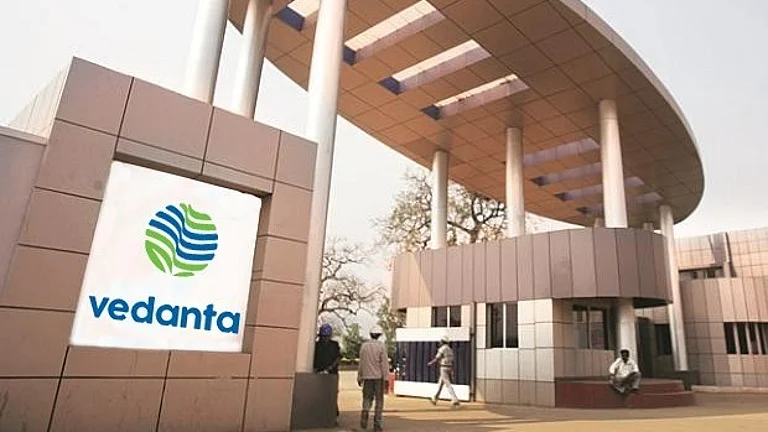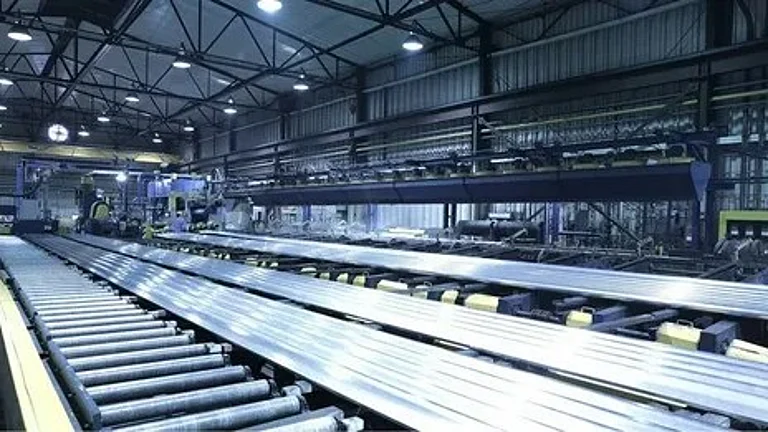In the financial industry, most investment decision-making follows a rational process until, often at crucial times that process breaks down. Whether you are an individual investor, portfolio manager, financial adviser, trader, analyst, odds are you’ve experienced the powerful effects of the psychological forces that move the markets. Good investing requires a basic financial education, however, to really excel in investing; you have got to learn the skills to manage yourself.
Finding your edge in investing is critical, as investing is a zero sum game. There are three types of investing edge:
1) The Information advantage: Finding information that others don’t have
2) Analytical advantage: Interpreting the same information differently
3) Behavioural or time arbitrage advantage: Maintaining a long term 5-10 year time horizon as opposed to quarterly or monthly.
Most investors focus on the first edge, this was a very strong edge to have about 10-15 years back. Increasingly over the last decade this edge has decreased significantly as information today is available freely and instantaneously to all market participants. As the information arbitrage has dissipated, most people started to focus on building the analytical edge.
The top 250 stocks in India, make up roughly 90 per cent of the market cap of the listed universe, on an average each of these stocks is tracked by 20 analysts on the sell side, add to this the teams of 44 mutual funds, the innumerable PMS’s, AIF’s and FII’s that together are looking to invest in largely the same pool of stocks. All of these participants are looking to out to each other in their thought process and perform to the best of their abilities over the next quarter or the immediate year. Seldom does one succeed in implementing a long term thought process in such a hypercompetitive scenario, one can simply not afford to look bad in the short term, the analytical edge over the short term too has diminished and has led to herd mentality among most market participants.
The third edge that one can have is to focus on the long term and maintain a rational and process oriented approach at all times. Often there is a big difference between “investment return” and “investor return” and that’s because of the irrational behaviour of investors. One way to gain an edge is to construct an environment in which we can operate more rationally or at least less irrationally; it also helps to develop a series of rules and processes that we can apply consistently to prevent emotions from swaying our investment decisions.
Ultimately, it’s only possible to effectively exploit the analytical and information edge when one has the behavioural edge, which provides the context of a longer-term perspective for differentiated views and in-depth research.
Consider the formula for compounding: Future Value (FV) = Initial Investment x (1 + rate of return (r))^Time (t). What excites most investors in this formula and where they wish to exert the maximum control and expect greatest certainty is the ‘rate of return’. This is despite that it is the only variable in this formula that is tentative and most uncertain, and beyond investors’ control.
The two variables that are under an investor’s control are ‘initial investment’ and ‘time’. Most investors ignore these two variables especially ‘time’ in the race maximise returns. Emotions of greed and fear control our psychology and in the bargain we end up realising sub optimal returns as we are always looking to time the market. However, we forget that success is determined by time in the market and not timing the market.
The Sensex over a 28-year period from 1990 to 2018 has delivered a compounded return of 13.5%, handsomely beating any asset class. An investment of Rs 10 lacs in 1990 would be worth Rs 3.44 crore in 2018!
This fact is well known; however, an important point to ponder over is how many investors actually stayed throughout the course. During this 28-year time span the index fell more than 15%, the worst being 2008 when it fell by 52%. The ability to stay invested in such times and increase your allocation when the world is acting irrational is really the best edge one can develop.
Lets look at a few examples to enumerate this point further. During the financial crisis of 2008, high quality stocks such as Asian Paints, Pidilite and Titan fell between 30-50% between Jan 08 to March 09. In spite of this fall returns generated over Jan 08 to Dec 2018 is north of 10x !. As Warren Buffet once said – “Time is the friend of a wonderful company, the enemy of the mediocre”.
Inactivity is a great skill in investing and it pays off handsomely, when you practice inactivity do so with high quality businesses and keep reviewing the fundamentals occasionally.
In summary, the “edge” is less about knowing more than everyone else about a specific stock, and more about the mindset, the discipline, and the time horizon that you maintain as an investor. Thinking long-term is commonly talked-about as a potential advantage, but one that is much less often acted upon. If you have the right mindset, you can give yourself a significant structural edge in the stock market.
The author is a Senior Research Analyst with BOI AXA, Mutual Funds.

























